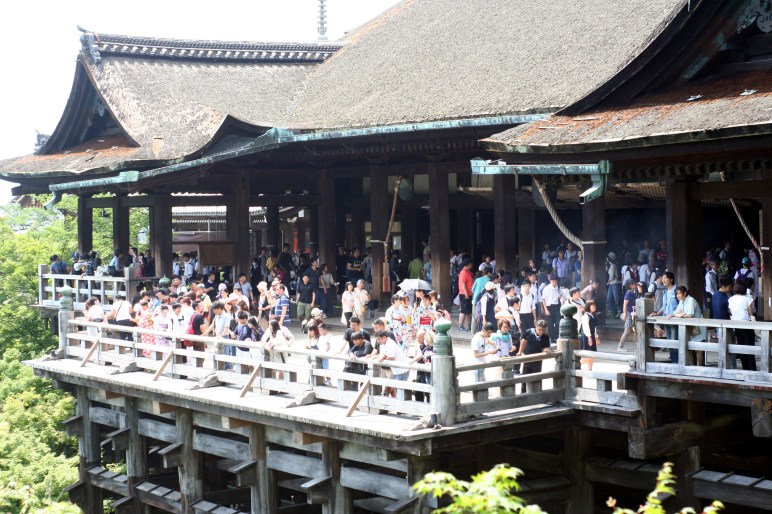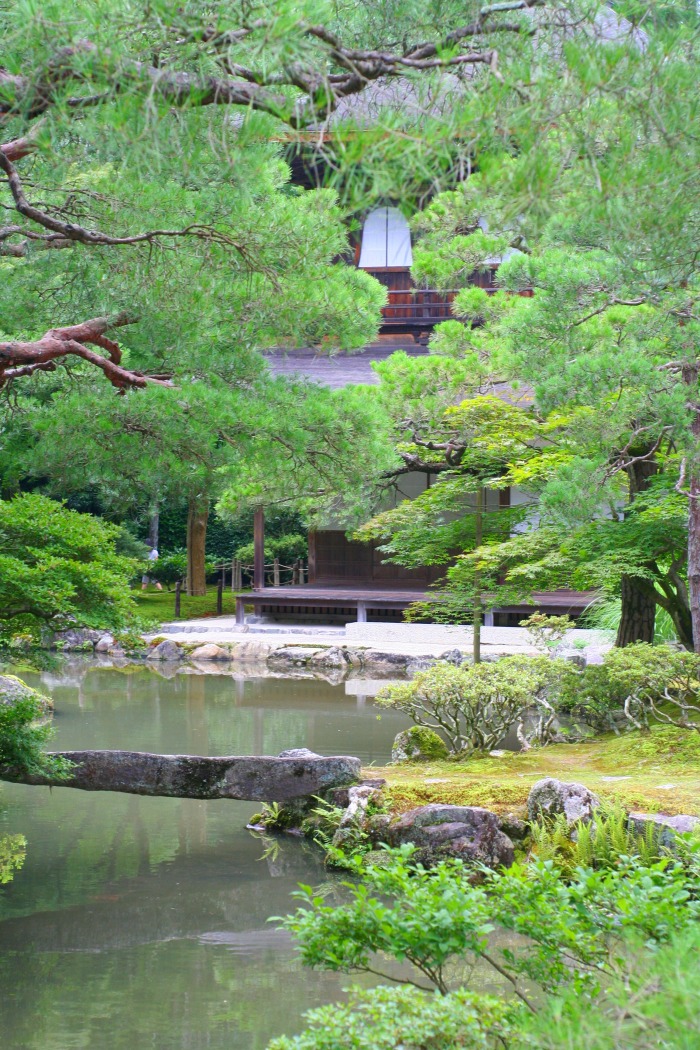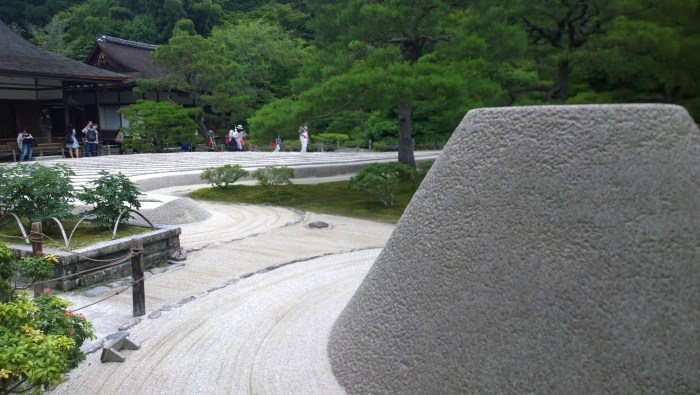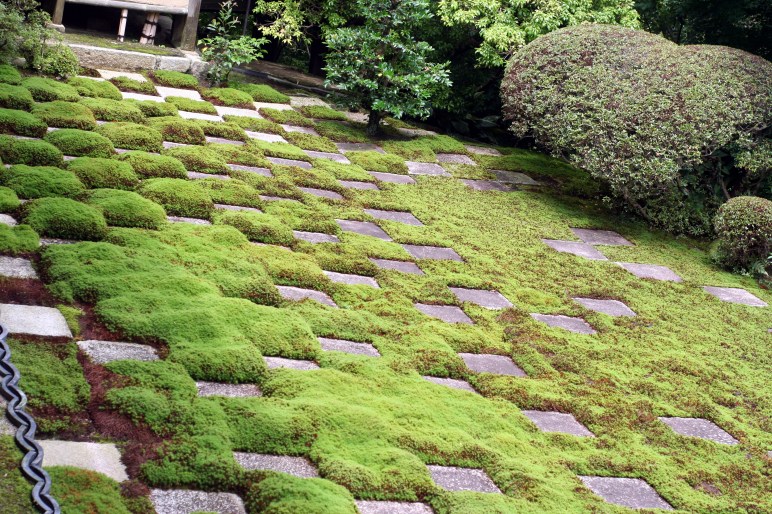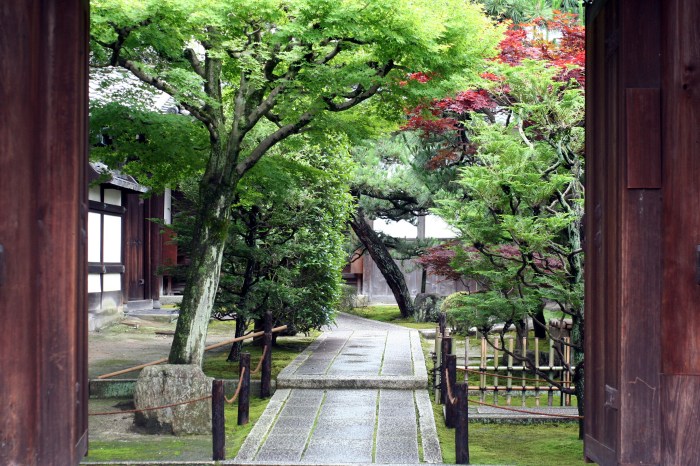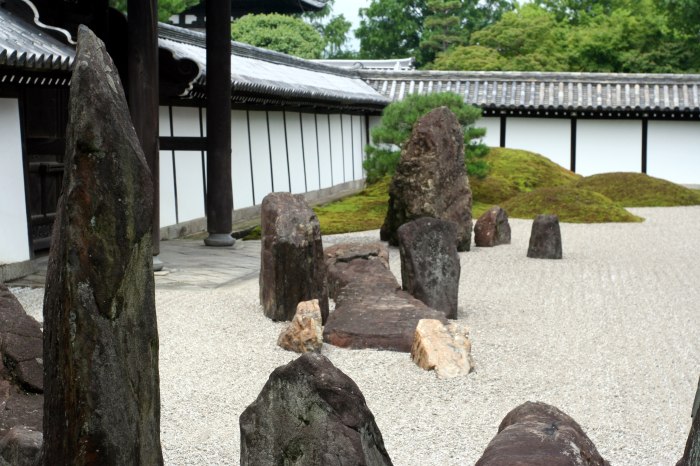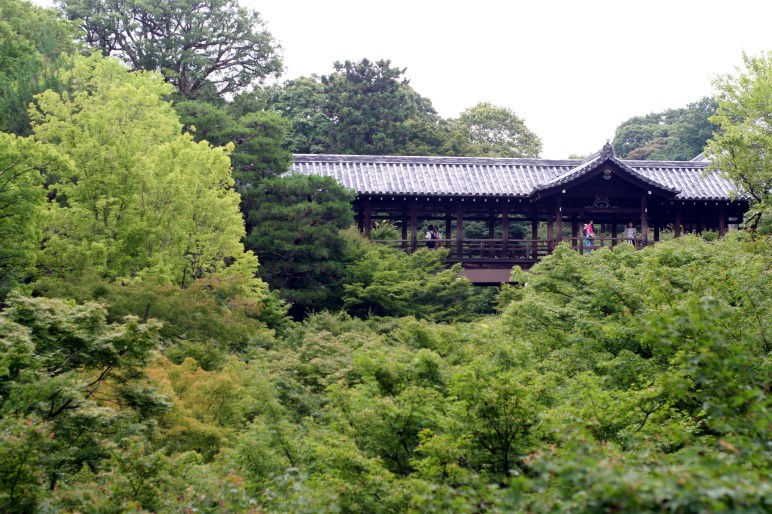“To jump off the stage at mizudera” is a famous saying in Japan, meaning something akin to taking a risk without knowing the outcome can be worthwhile. It’s said that if you leap off the balcony of the stage here (and survive), any wish will be granted. Given that the fall is almost 200 feet, that seems a fair trade. Nowadays everyone gets fussy if you try to leap off the stage, so I can’t really recommend that, but the entire grounds are quite amazing.
The temple was built in the 1600s and the main structure (title image) was built without using a single nail. The trek up to the temple is a decent walk, but since it sits high on a hill, you’re rewarded with some pretty spectacular views. I lucked out and we arrived as the day was clearing up; you could see most of Kyoto. The temple’s name comes from a waterfall that feeds its large fountain, Otawa-no-taki, roughly translated, kiyumizu is pure/clean water. The fountain itself is said to grant longevity, which is helpful if you intend on jumping off the stage. The fountain also has wish-granting abilities, if you want to forgo the stage dive.
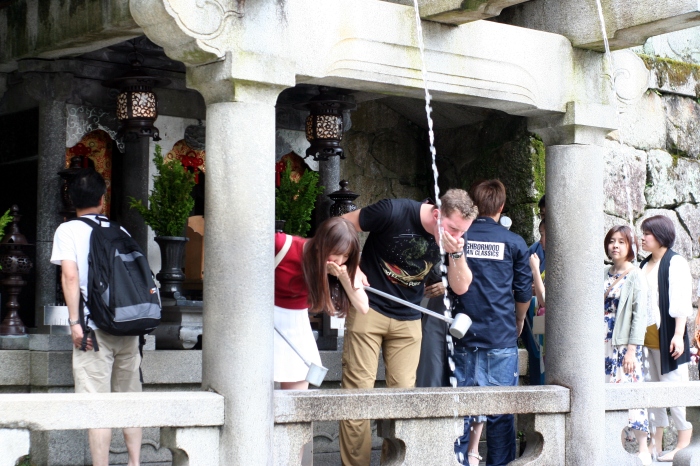
Jishu-jinja Shrine
One of the coolest parts of the temple complex is the small shrine dedicated to love (or lover’s vengeance anyway). We almost skipped the little shrine of Jishu-jinja, which would be a huge mistake. Though tiny, the shrine is jam packed with lovely features. Dedicated to Okuninushi, a sort of match-making deity. There is an old tree where women would hammer dolls to curse their enemies in the middle of the night by the power or Okage-myoojin.
In the main path of the shrine are two large stones, about twenty feet apart. These are the love stones. If you can walk from one to the other with your eyes shut you will be lucky in love. You can have others help you though it means you’ll need help with love later in life.
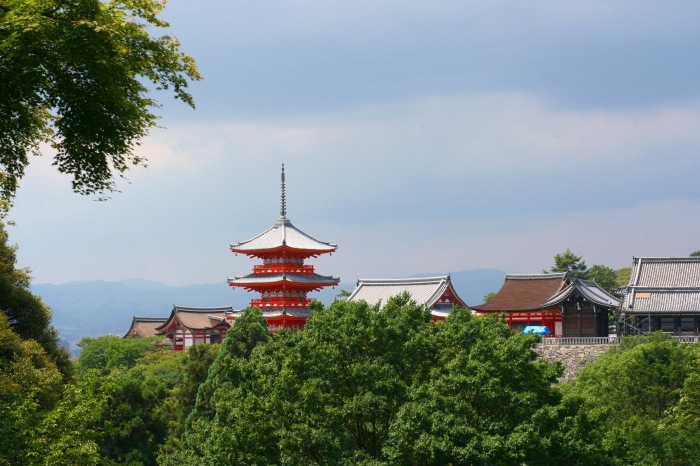
If I had to rate the must see temples in Kyoto, this would definitely make the top two. If you’re going to Kyoto, make sure you set aside a few hours for Kiyumizudera. Just walking the grounds will take the better park of an hour, and that isn’t including Jishu-jinja or the twenty-plus minute wait for Otawa-no-taki (which is worth it by the way). Definitely take the time to see one of the greatest man-made structures in Japan.
